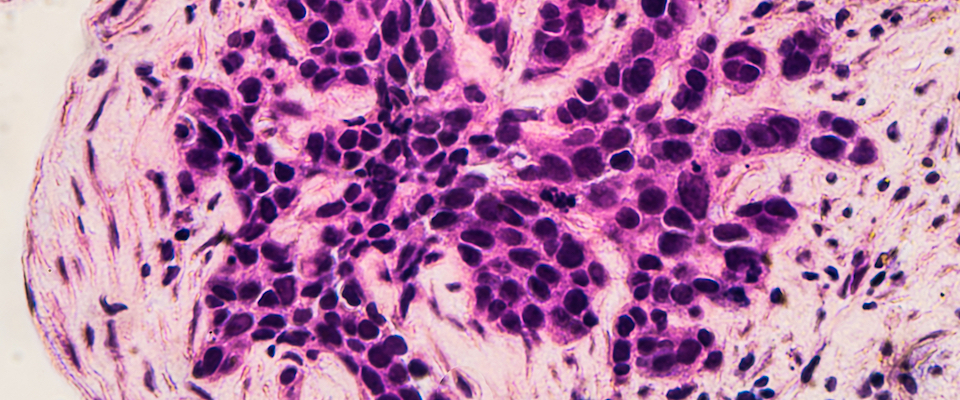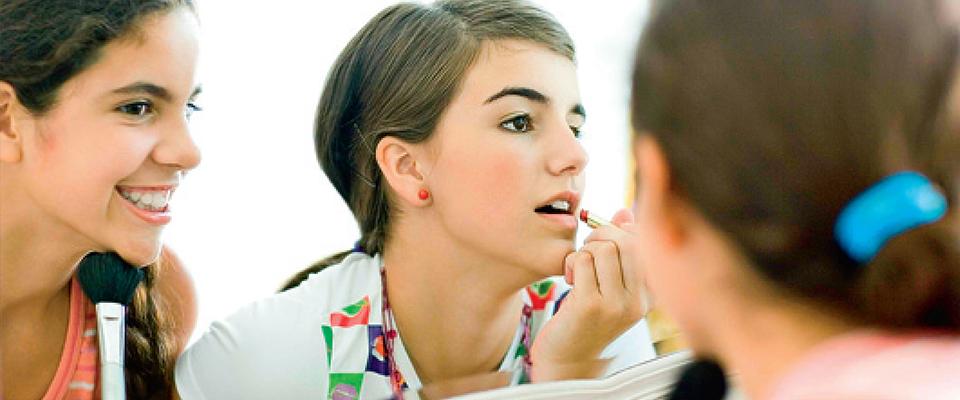When it comes to breast cancer research, the most recognized (and best funded) names are all in treatment. And that has paid off: mortality has dropped from one in four in 1986 to about one in six in 2013.
Unfortunately, breast cancer is just as common today as it was in 1983, with around 130 cases per 100,000 women per year. Behavior and environment clearly play a role, as around 80 percent of women who develop breast cancer have no family history of the disease. Yet work on prevention has lagged behind treatment, and failed to move the needle on breast cancer rates nationwide.
Part of the problem is that the role of chemical exposures in breast cancer development is incredibly complex. Despite a cluster of breast cancer cases in Long Island, New York, in the early 1990s thought by advocates to be tied to pesticide use, rigorous further study by the federal government couldn’t identify a culprit. Researchers discovered a modest increase in risk associated with exposure to polyaromatic hydrocarbons, but nothing that could explain the region’s high cancer rates. Most chemicals tested were absolved of blame.
Nearly 25 years later, firm answers relating to causes and prevention of breast cancer remain hard to find. But two groups lead the way in even asking them: the government-funded National Institute of Environmental Health Sciences and the little-known (outside the field) California Breast Cancer Research Program (CBCRP).
Founded in 1994 and administered by the University of California Office of the President, the CBCRP is supported by the state cigarette tax to the tune of about $10 million per year. It is the largest state-funded breast-cancer research effort in the country. More importantly, it exerts considerable influence due to its focus on environmental and behavioral factors that may influence breast cancer risk among women of all ages, starting in the womb.
“The program has been very interested in environmental contributors to breast cancer since its inception, and it’s even written into the language of the legislation [that created it],” says director Mhel Kavanaugh-Lynch, who has been at the program’s helm since 1995.
The effort represents both an opportunity and a responsibility to help reduce the overall burden of breast cancer on the population in California and worldwide, says researcher and 2011 CBCRP grantee Chris Vulpe, formerly of UC Berkeley.
“Most of the big funders are funding … treatment options, or sometimes screening, or sometimes services,” explains fellow grantee RuthAnn Rudel of the Silent Spring Institute. “There really hasn’t been much of an emphasis from those organizations on preventable causes of breast cancer, and specifically environmental factors.”
The NIEHS and CBCRP, by contrast, have committed their resources to advancing the field of environmental causation from its origins on Long Island. And even though their inquiries have returned few definitive answers, researchers have learned through human and animal studies to examine women’s exposures not just prior to diagnosis but all the way back to puberty and even before birth. Experts have also expanded the search from legacy carcinogens and toxic pesticides into low-level endocrine disruptors, tested synergistic effects among various chemicals, and evaluated interactions between a woman’s genes and her environment.
A survey of recent research funded by the CBCRP offers a glimpse into a field that has only grown more complicated as it has advanced. Cancer Prevention Institute of California researcher Peggy Reynolds, whose MPH and Ph.D. are both from Berkeley, has received $7.36 million from the program since 1996—most notably $4.85 million in 2010 to investigate the risk of breast cancer associated with a class of chemicals known as persistent organic pollutants (POPs) that includes pesticides and widely used flame retardants. More recently, in 2013 and 2015 she was awarded a total of $405,000 to research links between breast cancer and exposures to cadmium and arsenic through air and water.
Results are forthcoming for both, but Reynolds says the POP study has already served as a springboard for other projects. Earlier high-profile CBCRP-funded research by Reynolds has shown elevated rates of breast cancer among flight attendants, demonstrated an association between light at night and breast cancer risk, and identified chemicals in personal care products of particular concern to nail salon workers.
Shanaz Dairkee of the California Pacific Medical Center Research Institute in San Francisco received $900,000 in 2011 and another $221,000 in 2015 to study the effects on breast cells of chemicals like bisphenol A that are known to mimic estrogen in the body. Hormonal stimulation by endocrine-disruption chemicals, which are ubiquitous in the environment, may contribute to breast cancer risk, but quantifying this effect across the population remains a distant goal.
Another longtime BCERP grantee, Barbara Cohn (with MCP, MPH, and Ph.D. from Berkeley) of Child Health and Development Studies in North Berkeley is investigating a wide range of subjects including the effects of a woman’s exposures on her granddaughter’s risk of breast cancer—from the mom to her baby to her baby’s ovaries. The study began in 1959, enrolling more than 15,000 families through Kaiser between then and 1967, and has tracked participants’ health through three generations under the auspices of the Public Health Institute.
Cohn is also looking at reducing breast-cancer risk through behavioral changes related to plastic use by adolescent girls, and at developing a new approach to better screen for adverse effects among the more than 400,000 environmental chemicals to which humans may be exposed.
And, finally, Robert Hiatt of UCSF has lead a $1.1 million effort to tie it all together. Since 2009 his team has received three grants from the California program to develop and refine a model that weighs the myriad factors in breast cancer development—as we currently understand them, at least. It’s mostly for researchers, but a visual, interactive version is accessible to the public online. About the only thing it can’t tell you is how much more time and money will be needed to write a prescription for breast cancer prevention nationwide.





















